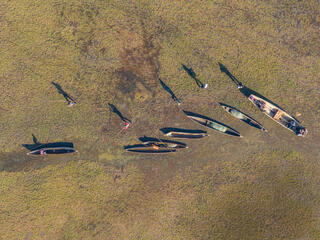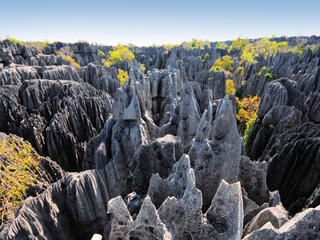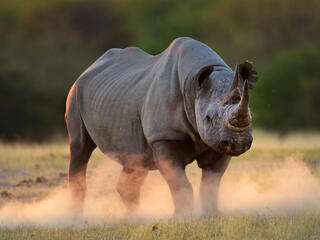In Namibia, the first African country to include protection of the environment in its constitution, WWF has worked for more than two decades to help establish a national system of conservancies that enable local communities to benefit from their own natural wealth. Or in the Northern Great Plains, where Native American communities and neighboring ranchers are creating practices and systems to keep the prairie intact and restore bison, because they’ve found ways to benefit from both. Or in the Amazon, where a combination of protected areas, Indigenous reserves, a forest code, and a long-term financial mechanism have all helped secure protections for nearly 12% of the entire ecosystem. All of these initiatives have in common multiple enabling factors that confer greater durability and resilience in the face of the slings and arrows that come with time.
Over nearly six decades of global conservation work, we’ve learned that it’s not enough to simply help establish a park and then walk away, assuming it will thrive in perpetuity. It’s not enough to create a community enterprise, without giving people the tools and the enabling policies they need to make it succeed over time.
We’ve learned that for our efforts to make a difference at a scale that matters, effective government policies must be in place; markets for goods and services must exist; community partnerships must be strong. And you need each of these to signal that conservation matters—in how policies are written, in how goods are priced, and in how communities decide what happens on the ground. And it all works even better if these “belts and suspenders,” however redundant they may seem, are interwoven so that they mutually reinforce each other.
You’ll see in the pages of this magazine stories from Malaysia and KAZA in southern Africa that bring to life this truth about our work. Over the past 60 years, we have learned that durable conservation requires knitting together conservation input at every level, in a way that keeps an eye on the whole—the whole river, the whole forest, the whole marine system—and on what it takes to keep it all intact and thriving.



